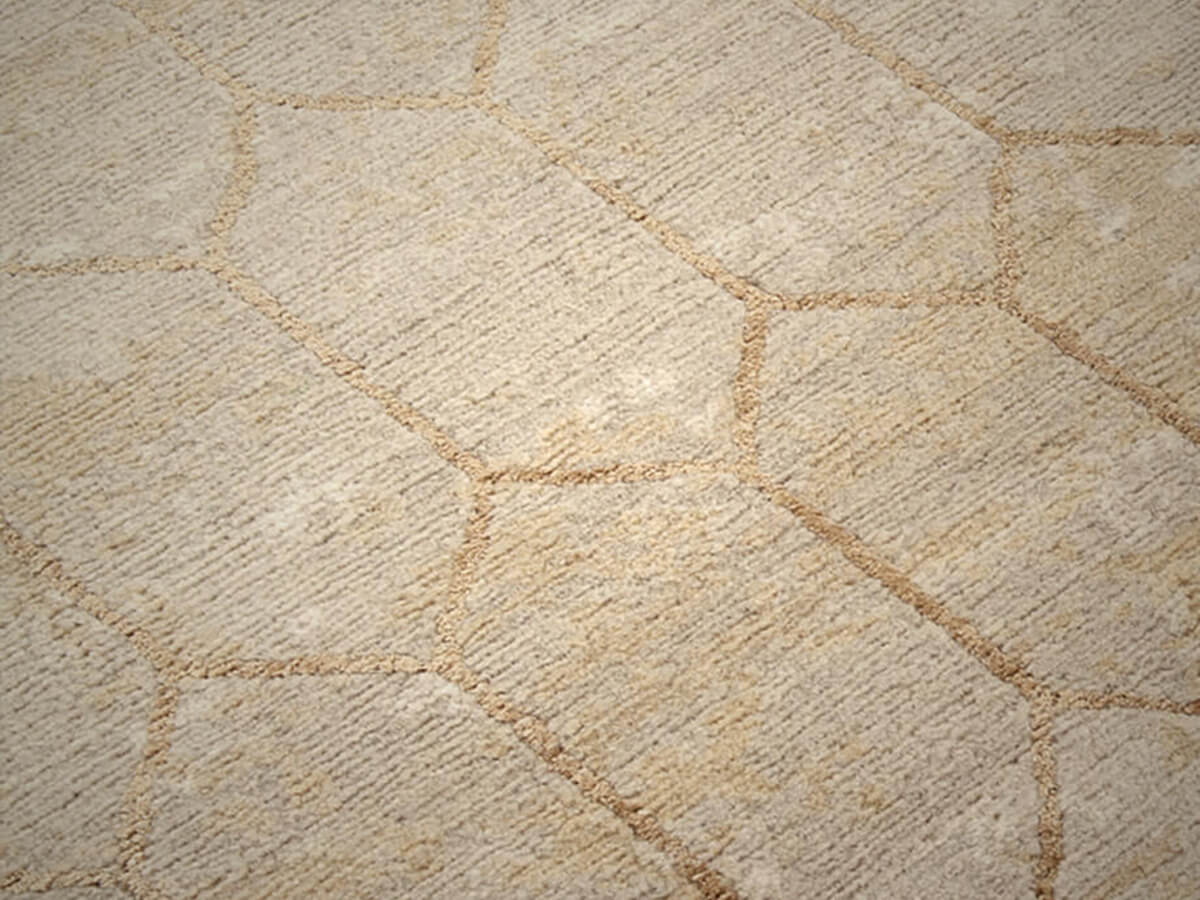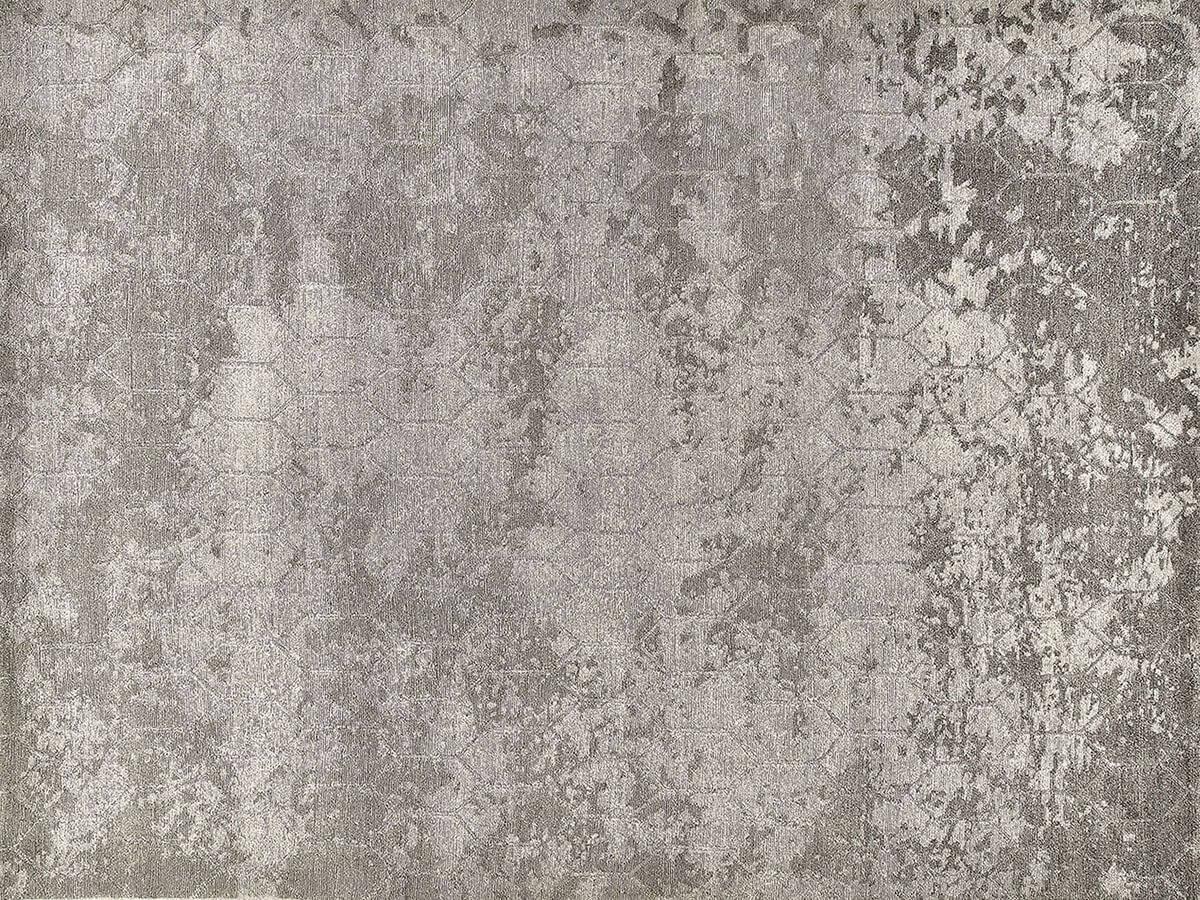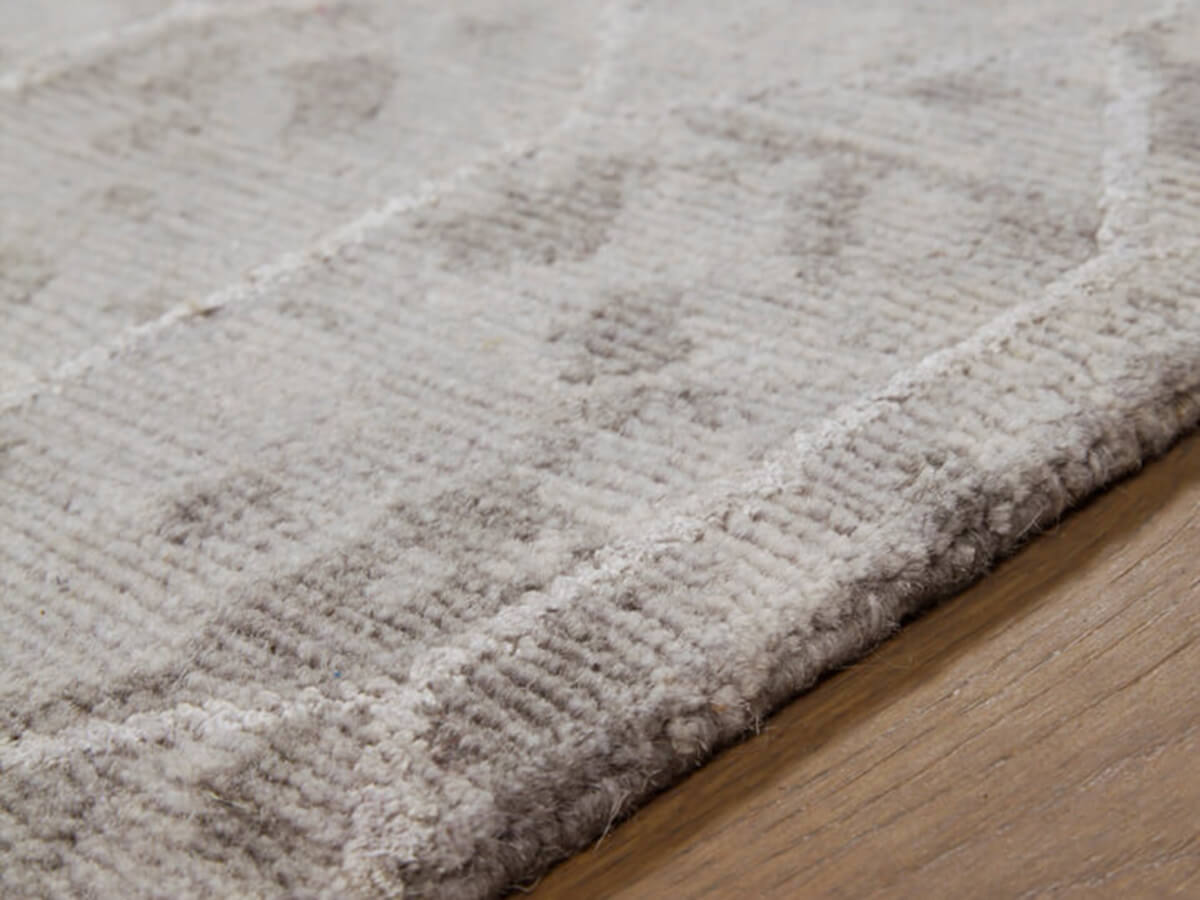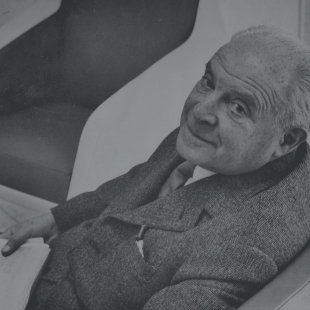Amini
Taranto Rug
Price starting from € 11.712,00*
*Price valid for the version in beige colour - composition 30% silk and 70% wool - sizes 250x300 cm.
The successful collaboration between Gio Ponti and Amini gave life to Taranto, an important artistic work that seems to inspire its forms to the perforated sail that decorates the facade of the Mother of God Cathedral of the city of Taranto, home of culture and art admired all over the world . Like many other works by Amini, Taranto stands out for the use of precious materials such as Tibetan wool and natural silk, accessories which, fused together, give life to an object that is beautiful to see and touch, whatever the environment in which you want to place it. A compromise of shape and color that satisfies even the most difficult tastes.
W.250 x D.300 cm
Available also custom-made
Salvioni Design Solutions delivers all around the world. The assembly service is also available by our teams of specialized workers.
Each product is tailor-made for the personal taste and indications of the customer in a customized finish and that is why the production time may vary according to the chosen product.
To discover the full range of services available, visit our delivery page.
Personalize your request
Colours
Select
Beige
Grey
Grey
Sizes
Select
Select
Ancient Persian rugs and modern design: Amini has succeeded in combining two distant and apparently irreconcilable worlds. Amini rugs are produced in Asia according to the ancient traditions of the sector, but patterns and colors are created and designed to integrate perfectly with contemporary environments and the latest design trends. The Amini catalog has a great variety of styles and prices: from silver caps to durable outdoor rugs.Read more
Designed by
Gio Ponti
Gio Ponti (1891-1979) is considered the great “noble father” of Italian design. Milanese since his birth, one of the greatest architects of the twentieth century, he has conceptualized for his whole life a peculiar Italian way to modernity, in which the rich artisan and decorative tradition was not overcome, but enhanced and integrated at best with the most recent trends. Among his most famous works, the Pirelli skyscraper in Milan, a technical prodigy and at the time the tallest building in Italy, and Palazzo Montecatini. His theoretical and popularizing activity was very intense: in 1928 he founded the magazine Domus, which he directed for a long time for several periods, until almost his death, and which still remains the focal point of the debate on Italian architecture. It was also his idea to establish the Compasso d'Oro, in collaboration with la Rinascente, and he was one of the promoters of the birth of ADI, the Association for Industrial Design. His practical activity as a designer was also intense and full of successes: in the 1920s he was artistic director of Richard Ginori, helping to renew the world of ceramics, and then in 1932 he founded the FontanaArte company, with which he dedicated himself to the sector of lighting. In the postwar period he collaborated with Cassina, Venini, Ideal Standard and many other companies. Since 2012, Molteni & C. collaborates with the heirs of the Maestro to re-propose many of his most famous furnishings in a dedicated collection of great philological precision.Read more




